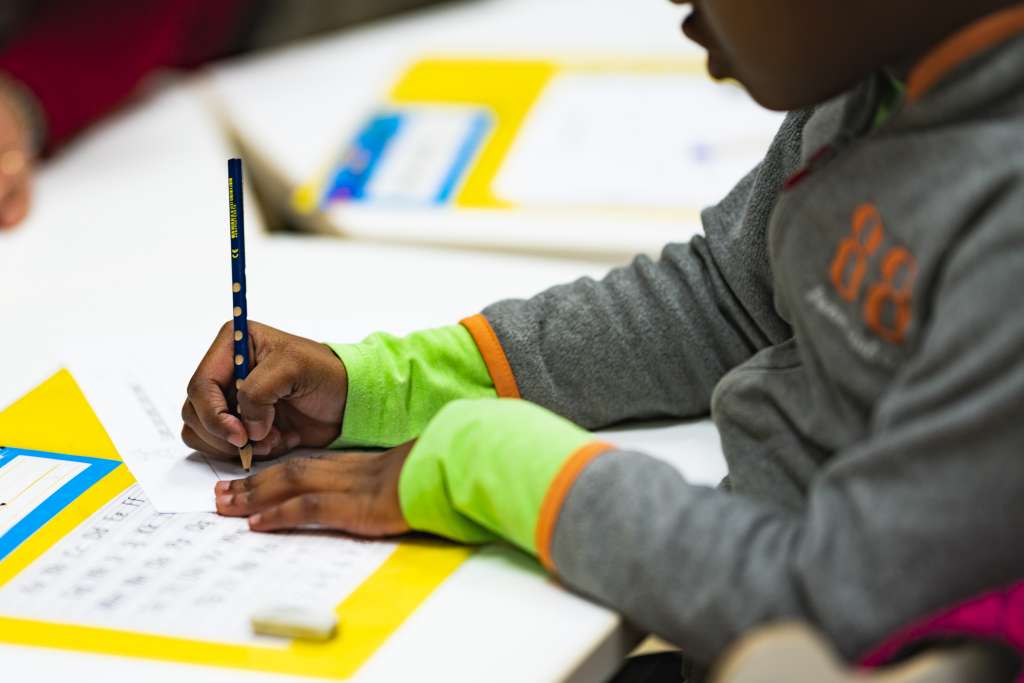
Teaching for language and cultural groups
In Vaasa, basic education and other immigrant education services are provided to pupils from different linguistic and cultural backgrounds.
Instruction preparing for basic education
Pupils who do not yet have a sufficient knowledge of Finnish or Swedish to study in basic education will participate in a prepatorial education for immigrants. As a rule, the scope of the prepatorial education is one calendar year. Integration into basic education will begin as soon as possible.
A local school after prepatorial education
After completing their prepatorial education, the pupils are transferred to their local school. In basic education, pupils have the right to be taught in Finnish or Swedish as a second language and immigrant background support.
After completing their prepatorial education, pupils of Finnish-speaking basic education who do not have sufficient skills to transfer to Finnish-speaking basic education will continue their studies in the transition class.
Finnish or Swedish as a second language
Finnish or Swedish as a second language can be taught to pupils with immigrant backgrounds who do not speak Finnish or Swedish as their mother tongue at all levels of the language. Teaching Finnish or Swedish as a second language is not support or special education, but a learning course with its own goals, content and assessment criteria that must be followed in the teaching.
The teaching differs in its aims and content from the mother tongue of Finnish or Swedish. It is often referred to as S2. The aim of teaching Finnish or Swedish as a second language is to strengthen the student’s multilingual identity and to build the foundation for functional bilingualism.
In Vaasa, Finnish or Swedish as a second language is offered in early childhood education, preschool education and basic education. All students attending basic education are taught Finnish or Swedish as a second language.
Mother tongue teaching
Home language instruction cancelled from academic year 2024–2025 onwards
In Vaasa’s primary education, teaching in the pupil’s home language will no longer be available starting from autumn 2024.
This decision was made by the Board of Education in their meeting on April 17, 2024, and by Vaasa City Council in their meeting on April 29, 2024.
The decision is part of Vaasa City’s plan to balance its budget. The aim is to find savings of approximately €40–50 million in the city’s operations for the years 2024–2027.
Home language instruction is meant for pupils whose mother tongue is different from the language of instruction. Receiving home language instruction is not a legally required entitlement.
